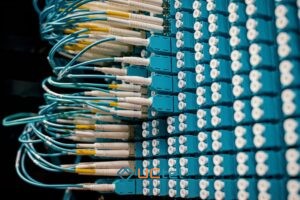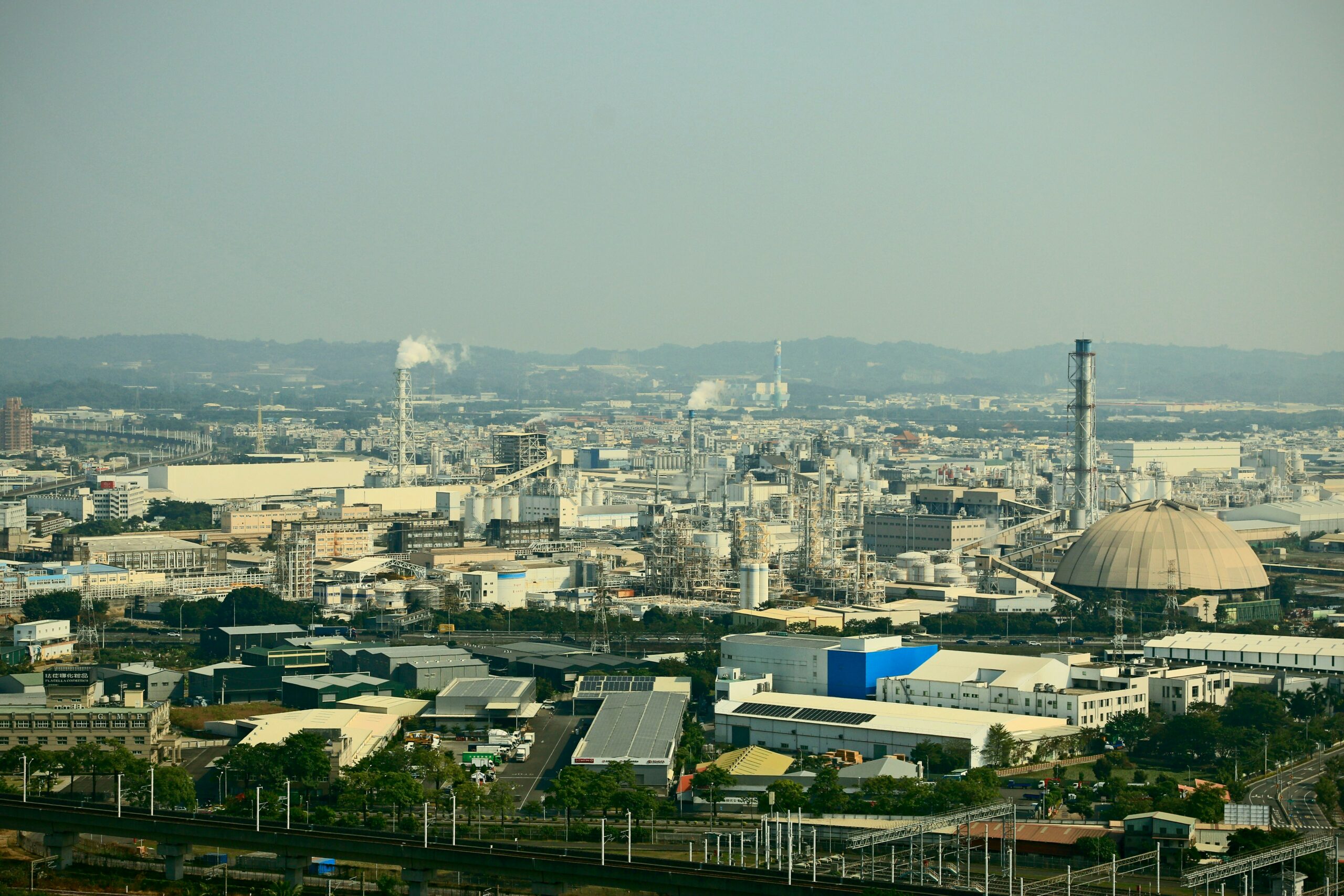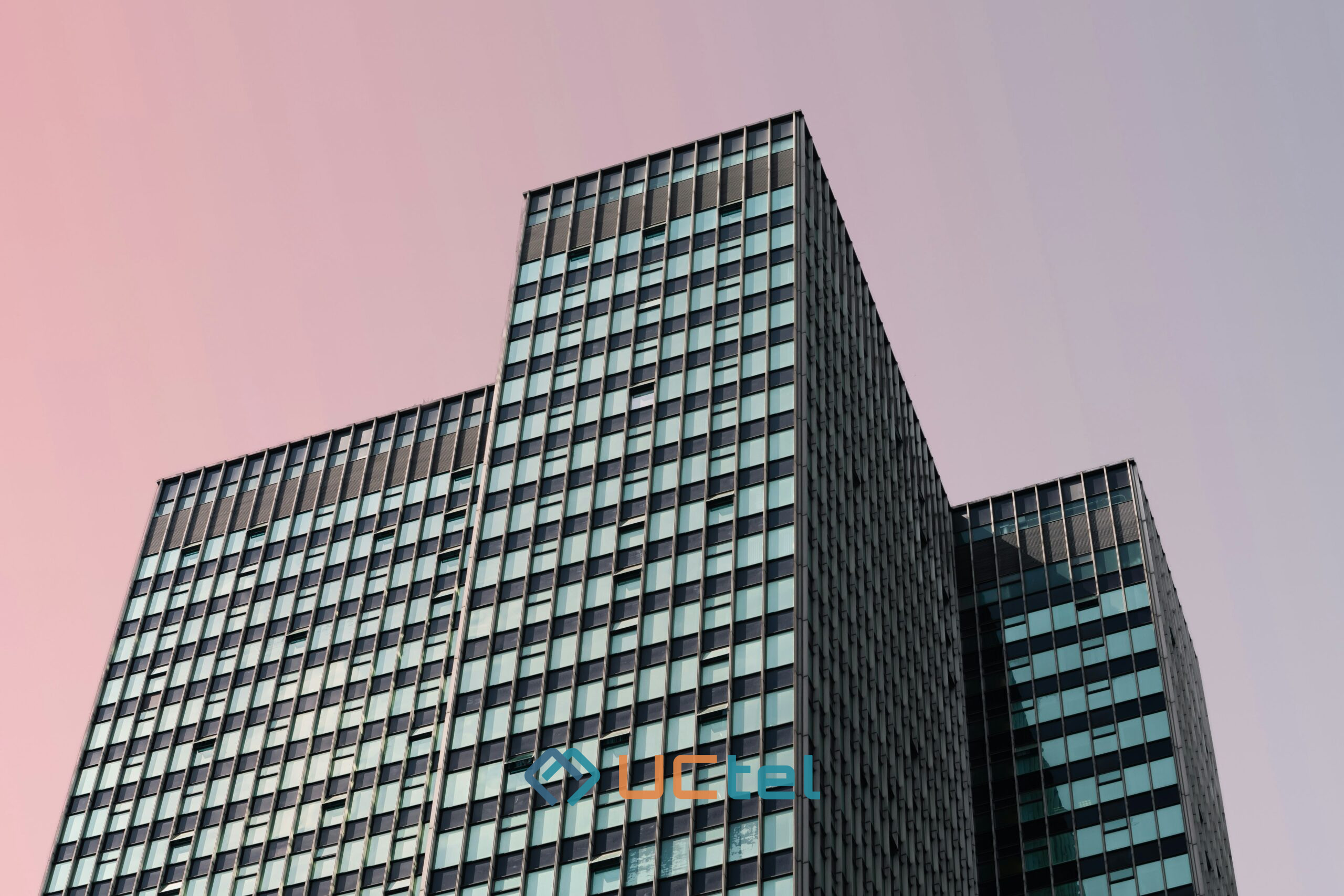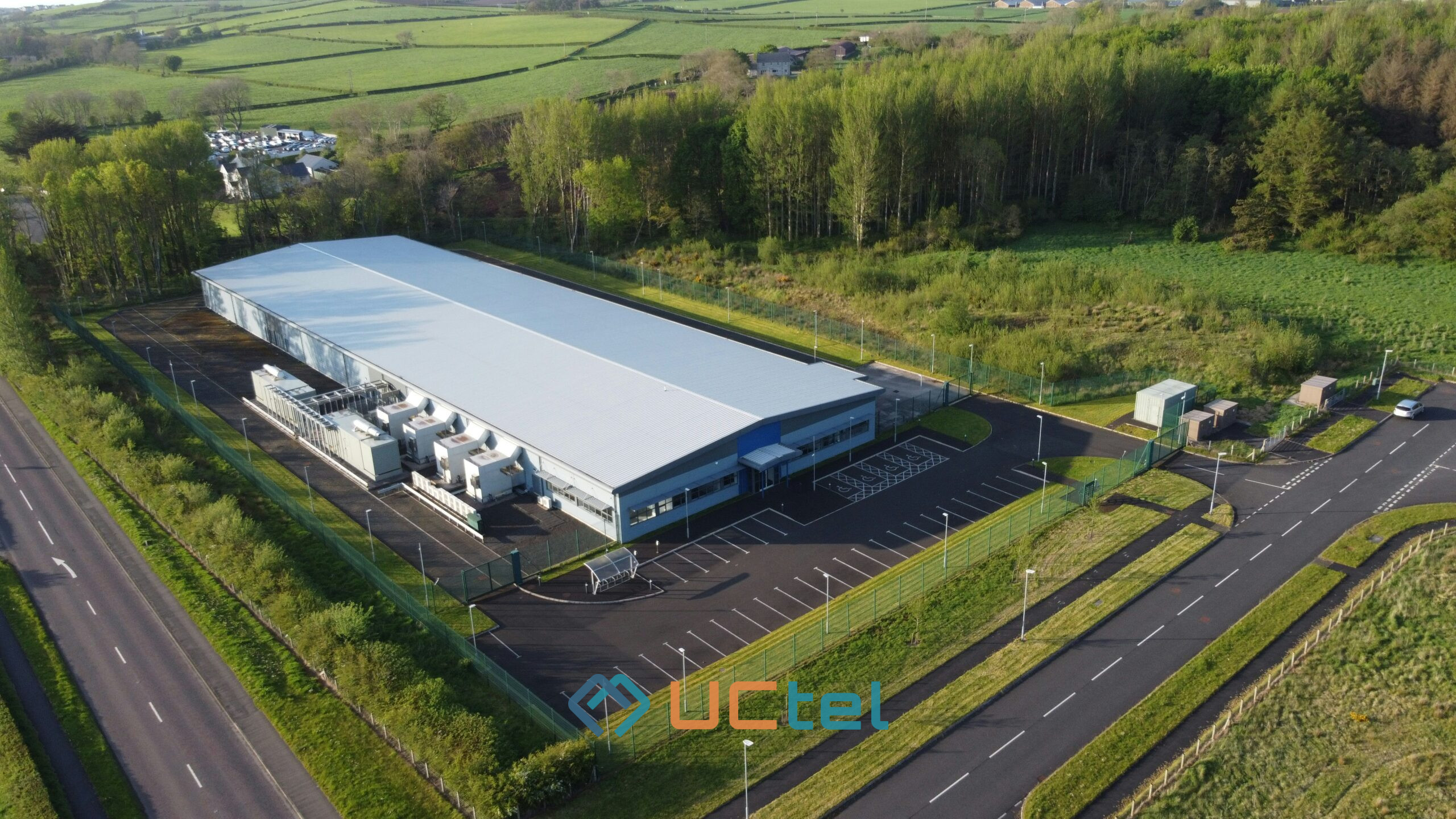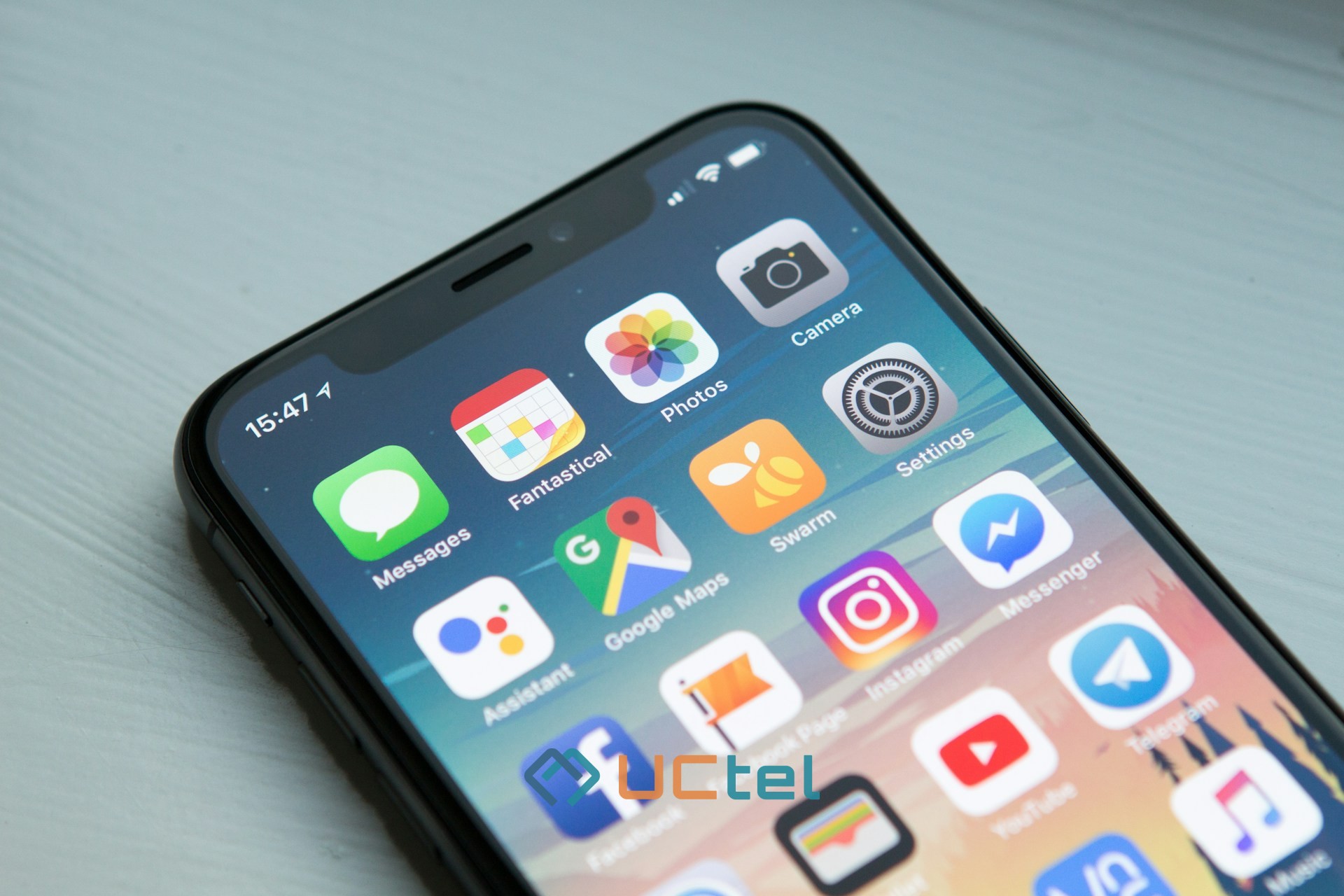
How to Fix Poor Mobile Signal in Office Buildings: Effective Solutions for Better Reception
Table of contents
Poor mobile signal in office buildings frustrates countless professionals daily. In the UK, a 2023 survey revealed that 78% of office workers experience signal issues at least once a week. These connectivity problems disrupt workflows, hinder communication, and impact business operations.
Whether you're managing a small office suite or a large corporate headquarters, understanding why signals fail and how to strengthen them is crucial for maintaining productivity. This article explores the root causes of poor mobile reception and provides practical solutions to boost signal strength throughout your workplace.
Understanding why office buildings have poor mobile reception
Building materials and construction obstacles
Modern office buildings often feature signal-blocking construction materials that create significant barriers to mobile connectivity.
Concrete walls with steel reinforcement can reduce signal strength by up to 90%, while metal-framed structures essentially create Faraday cages that trap signals outside. Having worked with numerous commercial properties across the UK, we've observed how even seemingly innocuous materials can impact connectivity.
Energy-efficient windows with Low-E coatings, increasingly common in sustainable office designs, contain metallic elements that reflect mobile signals away from buildings.
These specialised glass installations help maintain temperature control but simultaneously create formidable obstacles for mobile connectivity. In a recent project at a Manchester office complex, signal strength improved by 65% simply by addressing these window-related issues.
The thickness of building materials compounds these problems. Multi-layered interior walls, concrete floor slabs between levels, and dense insulation materials all contribute to signal degradation as waves attempt to penetrate deeper into office spaces. The central areas of large office buildings typically experience the poorest reception due to the cumulative effect of these obstacles.
External factors affecting signal quality
Distance from mobile towers significantly impacts signal strength, with reception weakening as radio waves travel farther. In rural office locations, this distance factor often becomes the primary challenge. However, in urban environments, proximity to mobile towers becomes less relevant than the building materials themselves.
- Physical obstructions like surrounding buildings, hills, or dense tree coverage
- Network congestion during peak business hours (9-11am and 2-4pm typically)
- Severe weather conditions such as heavy rain or snowstorms
- Electromagnetic interference from office equipment
These external factors create compounding challenges for mobile connectivity. For instance, a heavy rainstorm can temporarily reduce signal strength by 10-30%, while network congestion during business peaks can slow data speeds even when signal bars appear adequate.
Office environments generate considerable electromagnetic interference from WiFi routers, printers, microwave ovens, and countless other devices that operate on similar frequency bands as mobile signals.
How poor mobile signal impacts your business operations
Productivity and communication losses
Unreliable mobile connectivity directly undermines workplace efficiency. A 2024 workplace productivity study found that employees waste an average of 52 minutes weekly dealing with poor mobile connection issues, searching for better reception spots, repeating dropped conversations, or waiting for data to load. This translates to approximately 45 hours of lost productivity per employee annually.
The frustration of dropped calls during important client conversations creates tangible business costs. Consider a sales representative whose crucial call disconnects at the closing moment, this scenario doesn't merely delay a transaction but potentially loses it altogether. For businesses relying on mobile connectivity for core operations, weak signals directly impact the bottom line.
Cloud-based applications and services now dominate business operations, from customer relationship management to project coordination tools. When mobile data speeds crawl due to poor reception, these applications become unreliable or unusable. Employees resort to workarounds that fragment communication and disrupt established workflows, creating bottlenecks throughout the organisation.
Customer experience and business reliability
Visitors to your office form impressions based partly on their ability to stay connected. When clients or partners experience poor mobile signal in office during visits, it subtly undermines confidence in your technological competence. This perception challenge extends to potential tenants evaluating office space, building coverage has become a critical amenity in commercial real estate.
- Missed calls from prospective clients can lead to lost business opportunities
- Inability to access mobile banking or payment systems affects transactions
- Disconnection during virtual meetings damages professional relationships
- Difficulty accessing cloud resources limits real-time problem-solving
Beyond these immediate concerns, poor reception creates security vulnerabilities. Emergency communications become unreliable, potentially compromising safety protocols during incidents.
Additionally, when mobile signals are weak, mobile devices increase their transmission power, draining batteries faster and reducing device availability throughout the workday.
Effective solutions to boost mobile signal in your office
mobile signal boosters and amplifiers
Signal amplification systems offer the most comprehensive solution for office buildings with persistent reception problems. These systems work through a three-component approach: an external antenna captures available signal, an amplifier strengthens it, and an internal antenna redistributes the boosted signal throughout the workspace.
Different amplification options suit various office environments. Smaller offices might benefit from desktop signal boosters that cover approximately 150 square meters. Medium-sized workspaces typically require mid-range amplifiers covering up to 500 square meters.
Large corporate environments with multiple floors need enterprise-grade systems with strategically positioned internal antennas for consistent coverage throughout the building.
The effectiveness of these systems depends heavily on proper installation. Optimal placement of the external antenna requires identifying the strongest available signal source, while internal antennas must be positioned to overcome specific building obstacles. Professional installation ensures maximum signal improvement and eliminates potential interference issues that DIY approaches might create.
Professional assessment and custom solutions
Before implementing any signal improvement solution, conducting a professional site survey with a calibrated signal meter provides crucial baseline data. These assessments map mobile signal strength throughout your office space, identifying specific problem areas and their likely causes. This mapping process reveals patterns that might not be obvious from casual observation.
- RF engineers can measure precise signal levels across different carriers
- Building materials and structural elements affecting reception are identified
- External factors like tower locations and potential obstructions are documented
- Custom solutions are designed based on comprehensive data analysis
For large office buildings with complex layouts, custom-designed Distributed Antenna Systems (DAS) may provide optimal coverage. These sophisticated installations can support multiple carriers simultaneously and accommodate high-density usage scenarios. While more expensive initially, they deliver superior performance and reliability for demanding environments.
The return on investment for professional signal improvement typically materializes through enhanced productivity and communication reliability. Most businesses recover costs within 12-18 months through reduced downtime and improved operational efficiency.
Temporary workarounds and complementary approaches
While implementing permanent solutions, several temporary measures can mitigate connectivity challenges. WiFi calling enables voice communications through internet connections rather than mobile networks. Most modern smartphones support this feature, which can be activated through device settings. This approach works effectively when mobile reception is poor but internet connectivity remains strong.
Strategic office layout adjustments can also improve connectivity. Positioning workstations near windows often yields better reception, as glass typically impedes signals less than other building materials. Creating designated "connectivity zones" in areas with stronger signals provides reliable spots for important calls.
- Regularly resetting mobile devices forces network reconnection and may improve signal
- Using Bluetooth headsets allows phones to remain in optimal reception locations
- Scheduling bandwidth-intensive activities outside peak usage hours reduces congestion
- Cloud-based communication tools with offline capabilities provide continuity during signal drops
For businesses in leased spaces with limited ability to modify infrastructure, carrier-specific micromobiles (sometimes called femtomobiles) offer another alternative. These devices connect to your internet connection and create small mobile coverage zones. However, they only work with specific mobile carriers, unlike signal boosters which work with all providers simultaneously.
By implementing these solutions, businesses can overcome the frustrations of poor mobile reception and create productive, connected office environments regardless of building constraints. The key lies in understanding your specific signal challenges and selecting appropriate improvements tailored to your unique workplace needs.
Struggling with poor signal? Contact UCtel today and boost your mobile connectivity.




